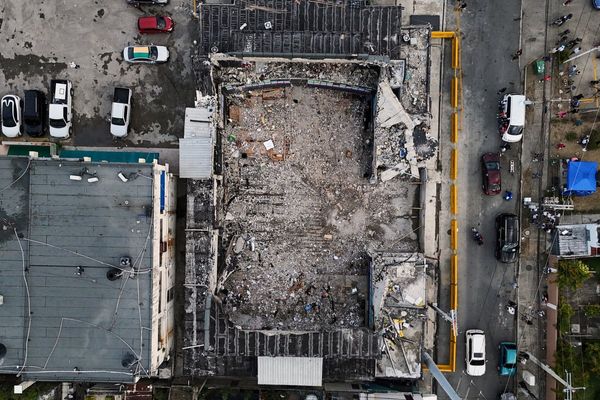
A £390 million programme to add more than 150 additional emergency stopping areas to smart motorways in England has been completed, National Highways said.
Construction work began in June 2023 after concerns that existing emergency areas on motorways without a hard shoulder were too far apart.
New stopping areas have been added to stretches of the M1, M3, M4, M5, M20, M25 and M27.
The work has been blamed for long delays in some areas.
National Highways chief executive Nick Harris said: “All new emergency areas have now been installed, marking the end of this important safety scheme.
“Emergency areas provide drivers with more frequent opportunities to pull over should they break down or experience difficulties.
“The latest analysis continues to show that overall, smart motorways remain our safest roads.
“I’d like to thank drivers for their patience throughout the work.”
Future of roads minister Lilian Greenwood said: “We take road safety seriously, and that’s why I’m pleased to see the installation of more than 150 additional emergency areas on smart motorways across the country, helping to keep people safe.
“We’ve been clear we will not roll out any new smart motorways.”
National Highways previously said the project would result in around 50% more emergency refuge areas on all lane running smart motorways compared with the total in January 2022.
Smart motorways established by converting the hard shoulder to a live lane were designed to increase capacity at a lower cost than widening roads.
There have been long-standing safety concerns because of fatal incidents in which vehicles stopped in live lanes were hit from behind.
Then-prime minister Rishi Sunak cancelled all future smart motorway projects in April 2023, citing financial pressures and a lack of public confidence in the roads.
The Government has rejected calls for the hard shoulder to be reinstated on existing smart motorways.







